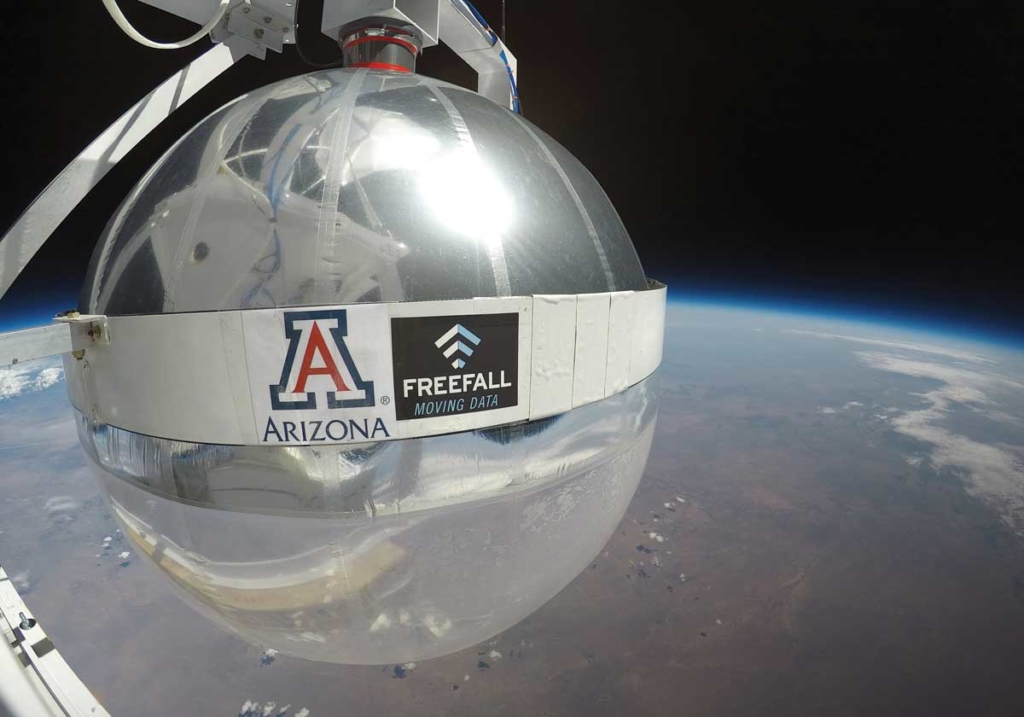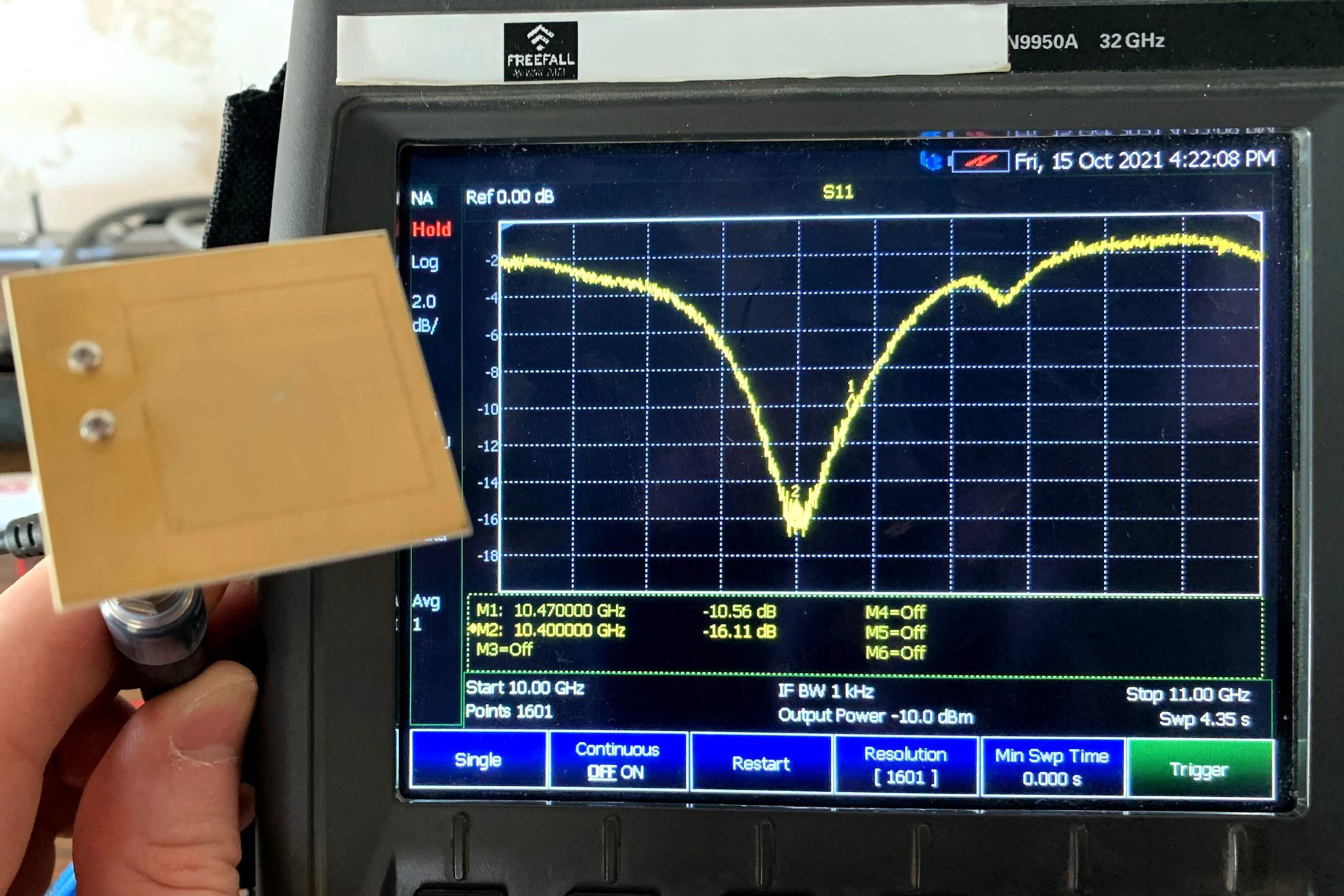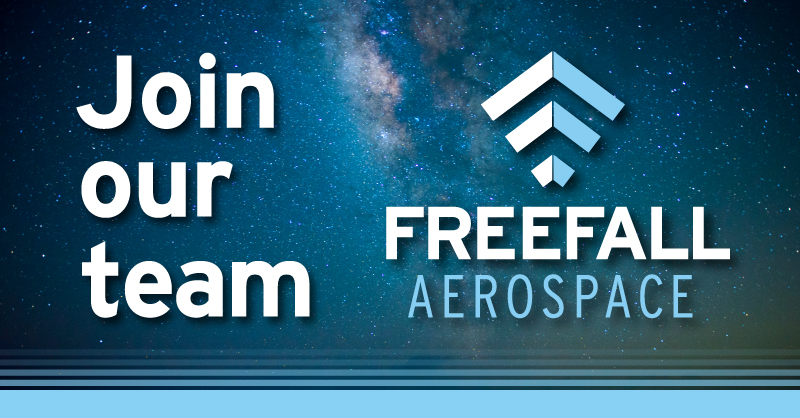Oct 11, 2018, David Wichner Arizona Daily Star
One of Tucson’s latest New Space industry startups took a big step forward recently when a prototype of its spherical antenna hitched a ride on NASA’s newest and biggest research balloon.
Freefall Aerospace, a University of Arizona technology spinoff founded by UA astronomy professor Chris Walker and NASA veteran Doug Stetson, demonstrated its high-efficiency antennas for small satellites in a test flight Aug. 17 from Fort Sumner, New Mexico.
The flight test, a first for Freefall’s antenna, was conducted with other experiments aboard NASA’s new, football-stadium-size, 60-million-cubic-foot stratospheric balloon at a record-breaking sustainable altitude of 159,000 feet.
Stetson, Freefall’s president and CEO, said the antenna’s spherical reflector design offers a 360-degree field of view for reception and can be electronically “steered” around the reflector surface to track signals through computer algorithms — with no moving parts.
Freefall’s antennas are designed to handle high data-transfer rates, such as those afforded by emerging 5G data networks, and Freefall’s inflatable spherical reflectors are compact, lightweight and relatively inexpensive to make.
Besides antennas for space, the company is developing antennas that can be used as ground stations or as antennas aboard moving vehicles or ships.





